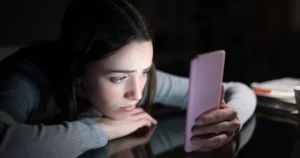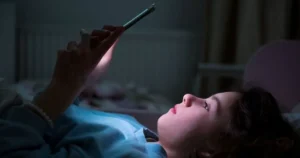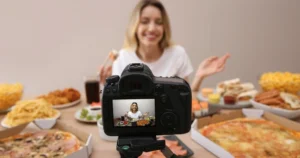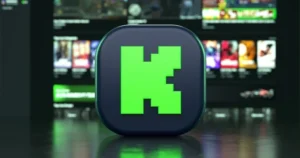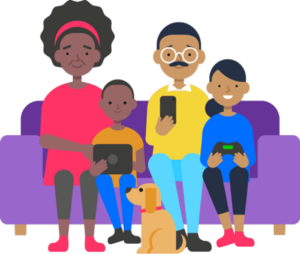A 2021 report commissioned by TikTok explores dangerous online challenges (including hoax challenges). It seeks to identify things that can be done to prevent harm to children participating in these challenges.
Over 70% of teens, parents and teachers are aware of online challenges. 83% of teens say they learn about them on social media. The exposure to these challenges online and from news sources means that most children and young people are likely to encounter them daily.
Seeking to understand users know about dangerous online challenges, TikTok commissioned this new report. It examines online challenges that carry risk of physical, mental or emotional harm. Hoax challenges feature in the report as a subcategory of these dangerous challenges.
What are challenges?
Challenges can range from harmless to dangerous. They usually involve people recording themselves doing something difficult or silly, which they share online and encourage others to repeat. Most are fun and safe but some can be dangerous, which go against TikTok community guidelines and are investigated.
Learn how to Be Challenge Aware.
What are hoax challenges?
Hoax challenges are a subcategory of dangerous online challenges where the challenge is fake. The videos are meant to frighten and traumatise, which can negatively impact mental health. The report looks specifically at the distressing self-harm or suicide narratives like Momo or Blue Whale.
- Momo was a hoax challenge in 2018 where children were reportedly contacted by a user named Momo. They were enticed into completing a series of dangerous tasks that led to violent attacks, self-harm and suicide. An Indonesian news outlet reported that a 12-year-old girl had committed suicide because of the challenge and this popularised it worldwide. However, the Momo challenge was found to be falsely sensationalised.
- Blue Whale was a ‘game’ in 2016 where a series of tasks were reportedly assigned to players over 50 days. It allegedly began with harmful tasks and eventually led to elements of self-harm and suicide. There were reports worldwide that linked suicides to the game but none were ever confirmed.
In 2019, the South West Grid for Learning found that media attention given to the hoaxes increased the interest among children and young people.
Of teens who shared hoaxes on social media, only 22% believed they were harmful. This lowered to 19% among parents. This is partly because they believed sharing the hoaxes was helpful to others.
Recommendations on preventative approaches
One of the report’s main purposes was to suggest things organisations could do when developing prevention programmes to reduce risky behaviour. These were their recommendations:
- consider existing research and consensus on what makes prevention education effective
- help children distinguish between acceptable and unacceptable risk. Offer alternative choices and opportunities to explore and experiment, understanding that young people have a drive to learn new skills
- align with the UN Convention on the Rights of the Child (UNCRC) and children and young people’s rights to participate and have a voice in interventions that affect them
- use a range of strategies that engage children and encourage critical thinking to help them when confronted with risky content
- involve local communities in interventions
- encourage parents to use interventions with their kids; help them recognise that removing devices is counterproductive
- interventions need to be appropriate for the child’s age and developing capacity
TikTok’s Safety Centre resources
To promote safety online, TikTok’s Safety Centre has a variety of topics and guides to help young people online. They provide information and actionable tips to help users stay safe and approach things like online challenges with a critical eye.
See more TikTok resources.


